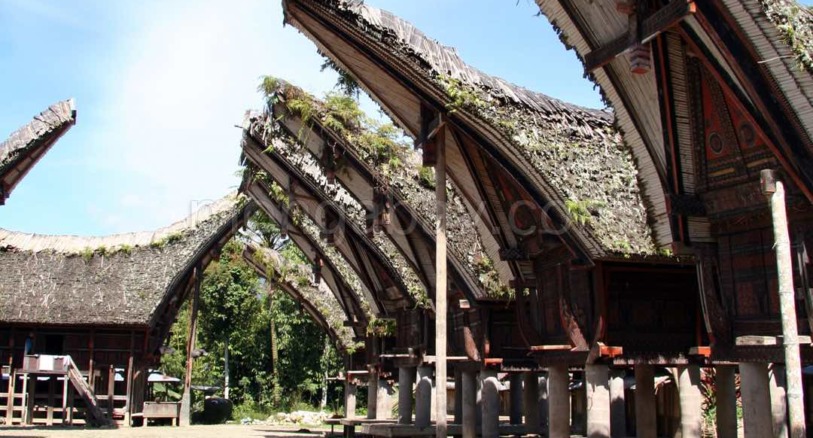Part 1: the biodiversity of Sulawesi
Sulawesi is an island in Indonesia. It is the 11th largest island in the world.

Sulawesi – which used to be called Celebes – is a strange island. It is shaped like a funny-looking lower-case “k”.

Sulawesi was formed when different tectonic plates collided. It has never been connected to another major land mass.

Because of this history, Sulawesi’s plant and animal life is distinct from other parts of Indonesia.

Sulawesi has many endemic species – plants and animals found nowhere else.

Among the most famous of these species is the babirusa, which is also called the pig-deer.

Another interesting animal is the maleo, a ground bird that builds large mounded nests that are warmed by the sun or by heat produced by volcanoes.

The crested black macaque is Sulawesi’s most threatened primate. It lives in large groups and spends a lot of time on the ground.

The smallest primate in Sulawesi is the tarsier, one of the few primates that eats only insects.

Sulawesi has two species of wild cattle: the lowland anoa and the mountain anoa.

Overall more than 60% of Sulawesi’s land mammals are found nowhere else.

Sulawesi also has rich marine ecosystems, including some of the most biodiverse coral reefs in the world.

Text and photos by Rhett A. Butler






